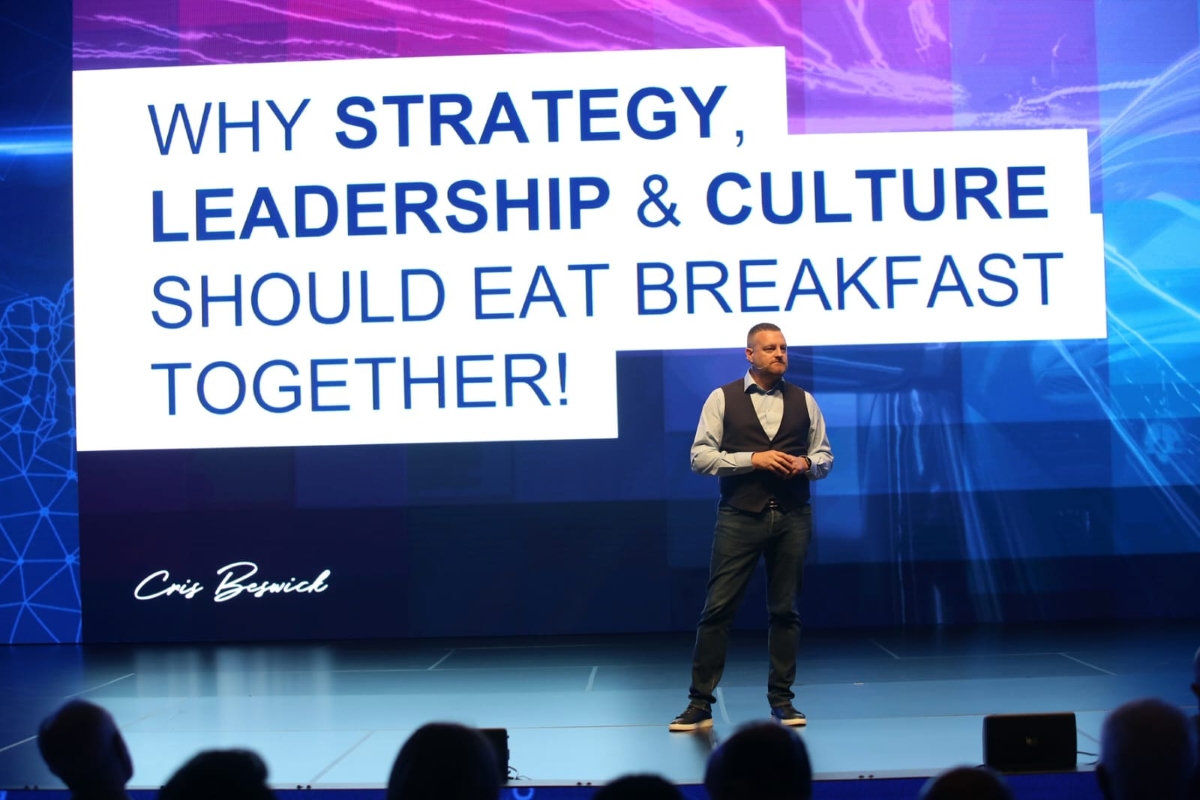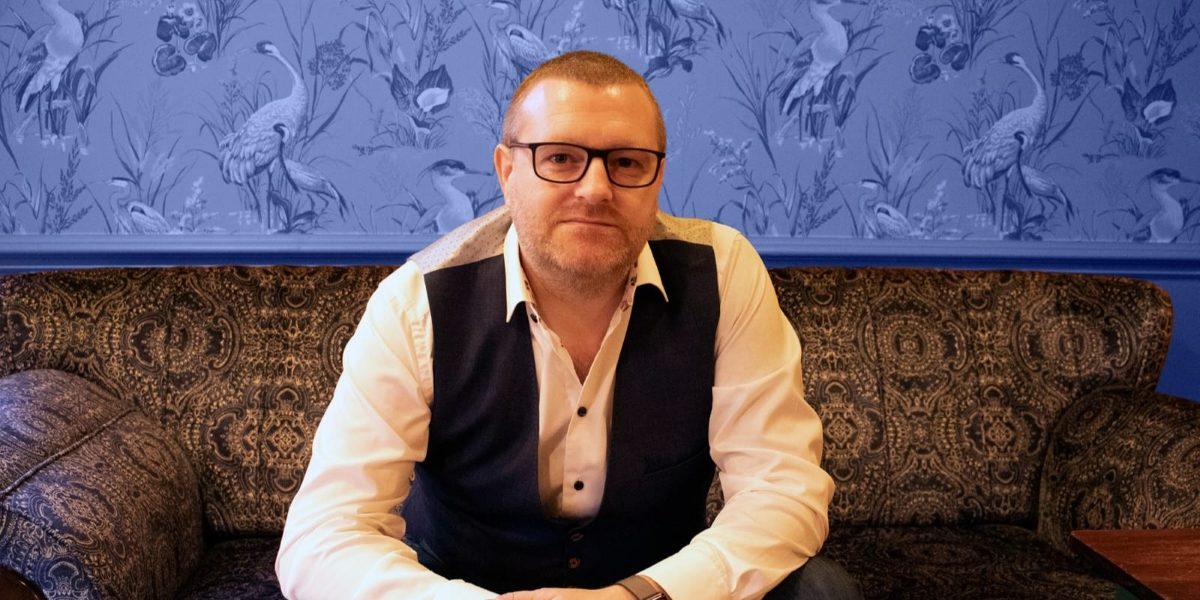By: Shaun Saunders
In a corporate world awash with jargon and stagnating under outdated consulting models, Cris Beswick is quietly leading a revolution in how organizations embed innovation from the top down. A globally respected strategic advisor and bestselling author, Beswick has become the go-to partner for CEOs and senior executives who are no longer content with surface-level transformation. His work isn’t about keeping up with change—it’s about helping organizations define it.
At the core of Beswick’s approach is a methodology he calls the Innovation Equilibrium: the strategic alignment of leadership, culture, and organizational intent. In his view, when these three elements are harmonized, innovation becomes a systemic capability, not a scattered initiative. His frameworks have now become integral to how boards, CEOs, and public-sector leaders are approaching long-term transformation.
“In the wake of a pandemic, geopolitical volatility, and the accelerating impact of AI, leaders don’t need more frameworks—they need fortitude,” Beswick often asserts. “You can’t outsource innovation to a lab anymore. It has to start in the C-suite.”
Strategy That Sticks
What distinguishes Beswick from the traditional consulting class is his rejection of one-size-fits-all playbooks. Instead, his advisory engagements begin with a clear-eyed diagnosis: How mature is your organization’s innovation capability?
His diagnostic tools are designed to give executives a brutally honest assessment of innovation readiness—highlighting not just what needs fixing, but how to make change stick. Whether he’s working with multinational banks or emerging unicorns, the goal is the same: to shift innovation from ad-hoc activity to embedded discipline.
“Innovation maturity isn’t a luxury,” Beswick emphasizes. “It’s the difference between reacting to change—and driving it.”
Leadership as a Core Capability
Far too often, innovation is treated as a departmental concern. But for Beswick, it’s a leadership responsibility—and a cultural capability. His widely adopted six-step framework, introduced in the bestselling book Building a Culture of Innovation, redefines how organizations should approach internal transformation.
“Innovation can’t thrive in isolation,” he notes. “Leadership has to cultivate an environment where experimentation is rewarded, failure is instructive, and purpose fuels the willingness to take intelligent risks.”
His approach focuses on transforming leadership behaviors, aligning strategy with operational design, and enabling cultural conditions where innovation becomes habitual. The results speak for themselves: his clients—spanning industries from finance and pharma to tech and government—report marked improvements in strategic agility and innovation ROI.
Real-World Execution
Beswick’s methodology is deeply rooted in execution, not theory. His work consistently bridges the gap between ambition and action. Through executive coaching, organizational diagnostics, and cultural assessments, he helps senior leaders avoid the trap of innovation theater—initiatives that look good on paper but fail to generate meaningful impact.
Instead of short-lived campaigns, Beswick advocates for building internal muscle—equipping leadership teams to create, manage, and scale innovation initiatives that align with business priorities.
“When innovation becomes a default setting—part of how an organization operates every day—that’s when real transformation takes root,” he explains.

Innovation Governance: The New Frontier
Looking ahead, Beswick is zeroing in on a concept he calls Innovation Governance. With growing scrutiny on the ROI of innovation and transformation initiatives, boards are demanding more than buzzwords—they want accountability, structure, and measurable outcomes.
“Innovation isn’t just about what you do—it’s about how you design for it to last,” Beswick explains. “It’s not about five-year plans anymore. It’s about building systems that outlive leadership changes.”
Through this lens, innovation is no longer viewed as a tactical advantage, but a governance-level priority. Beswick is helping boards and executives put in place the architecture—processes, metrics, and leadership models—that can support innovation at scale.
Global Influence and Executive Trust
With a portfolio of clients that includes Cisco, Amazon, Novartis, Nationwide, and multiple national governments, Beswick brings a rare combination of high-level insight and hands-on experience. He is equally comfortable advising policymakers on national innovation strategies as he is helping a boardroom reset its cultural tone.
His influence is growing not just because he’s effective—but because he speaks plainly. “The old consulting model is broken,” he says. “Executives don’t need another white paper. They need someone who’s been in the trenches, who understands the pressure, and who can help them build something real.”
Innovation as Operating Principle
In the end, Cris Beswick isn’t selling innovation. He’s building it—alongside the leaders who will shape the future of enterprise, technology, and policy. For organizations prepared to lead instead of follow, the Innovation Equilibrium is more than a model. It’s a mandate.
His message to CEOs is clear: Innovation is no longer optional. It’s operational. And it starts with you.

















